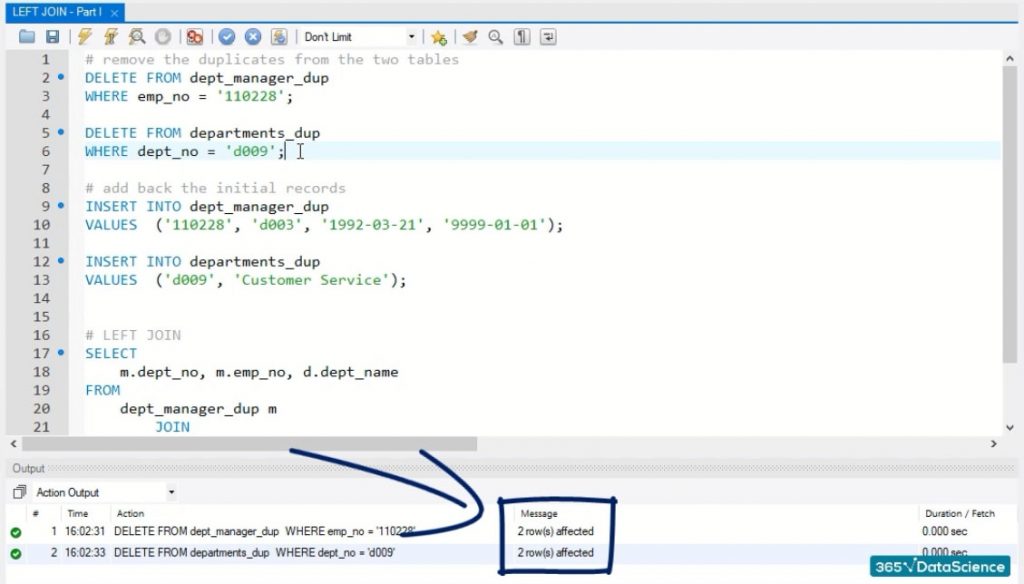

- The following duplicates are not added nomacs how to#
- The following duplicates are not added nomacs code#
The second occurrence of all of those fields will get a number of 2, and so on. This means that the first occurrence of those fields will get the number of 1. It uses the PARTITION BY to create partitions or groups based on the fields I’ve mentioned in the PARTITION BY (which are first_name, last_name, and created_date). The ROW_NUMBER function here is used as an analytic function. (PARTITION BY unique_columns ORDER BY ROWID) dup The query looks like this: DELETE FROM table a

But, if you try one method and it has poor performance for your data, try one of the other methods.ĭatabase: Oracle, MySQL, SQL Server, PostgreSQL So, I guess my point is that you might not get the same performance as I do.

The following duplicates are not added nomacs code#
In each of these examples, I explain the code I am using, what it does, and delete data using the DELETE statement. Here’s a summary of the different methods and which databases they work on. Let’s take a look at the different ways to remove duplicates in SQL. Let’s say that a record is a duplicate if it contains the same first_name and last_name values. The sample of data has 1,220 records in a single table, which looks like this: customer_id We’ll see how it can work on Oracle, SQL Server, MySQL, and PostgreSQL. In any case, identifying and removing duplicates is possible in SQL. Is it a duplicate if only a few columns are the same?.Is it a duplicate if all columns except for the primary key are the same?.Is it a duplicate if all of the columns are the same?.The way you define duplicate data could be dependant on your data. And you want to get rid of the duplicates. You’ve found out that there is some duplicate data in this table. Let’s say you have a table with some data in it.
The following duplicates are not added nomacs how to#
Do you need to use SQL to remove duplicates in your tables? Learn how to write an SQL query to remove duplicate data in this article.


 0 kommentar(er)
0 kommentar(er)
